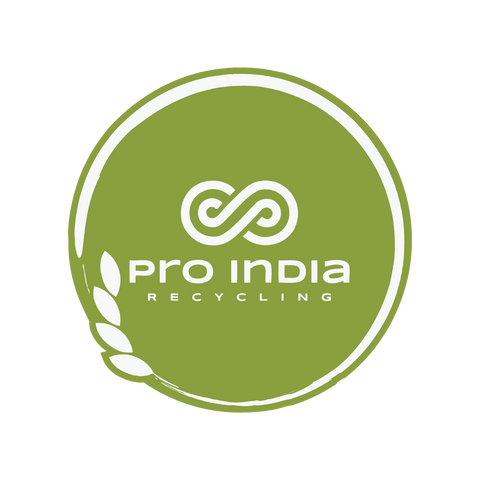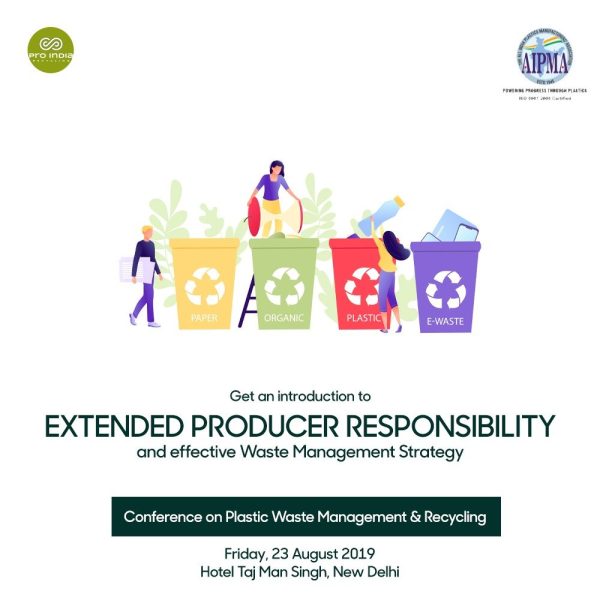🌱 Solar Energy vs Wind Energy: Who’s Heading the Green Race?
As climate change accelerates and fossil fuel reserves dwindle, the global shift toward renewable energy has never been more urgent. At the heart of this green revolution are two powerhouses: solar energy and wind energy. Both offer clean, sustainable alternatives to traditional energy sources — but which one is leading the charge toward a greener future?
In this blog, we’ll explore the strengths, weaknesses, and potential of both energy types, and examine who’s taking the lead in the race for renewable dominance.
Solar Energy: Harvesting Power from the Sun
Solar energy harnesses the immense power of the sun using technologies such as photovoltaic (PV) panels and solar thermal systems. It converts sunlight directly into electricity or uses solar heat for applications like water heating, cooking, or powering turbines.
Advantages of Solar Energy
1. Abundance and Availability
The sun shines everywhere. Even in cloudy or overcast conditions, solar panels can generate power. Every hour, the Earth receives more energy from the sun than humanity consumes in an entire year.
2. Scalability
From small rooftop panels on homes to vast solar farms covering acres, solar energy can be scaled to meet different needs — whether urban, rural, commercial, or residential.
3. Low Maintenance
Solar panels have no moving parts, which makes them highly durable and low-maintenance. With regular cleaning and basic monitoring, they can last 25+ years.
4. Rapid Cost Reduction
Thanks to technological advancements, increased manufacturing efficiency, and global adoption, the cost of solar panels has fallen by more than 80% over the past decade.
Challenges of Solar Energy
- Intermittency: Solar panels can’t generate electricity at night and are less efficient on cloudy days.
- Storage Requirements: To ensure a consistent power supply, solar systems often require batteries, which can be expensive and resource-intensive.
- Space Needs: Utility-scale solar farms need a lot of land, which can be an issue in densely populated areas or regions with land-use restrictions.
- Energy Efficiency: Most commercial solar panels operate at 15-22% efficiency, meaning a significant portion of sunlight isn’t converted into usable energy.
Wind Energy: Catching the Breeze for a Greener Future
Wind energy is a clean and renewable source of power that harnesses the kinetic energy of moving air using wind turbines. These turbines convert wind into electricity without producing harmful emissions. Wind farms can be located onshore (on land) or offshore (in oceans or large lakes), where wind speeds are generally stronger and more consistent. Offshore wind farms are especially effective due to their ability to generate more power in stable wind conditions. As the demand for sustainable energy grows, wind energy is playing a vital role in reducing our carbon footprint and promoting environmental sustainability.
Advantages of Wind Energy
1. High Energy Output
Modern wind turbines are capable of generating substantial amounts of electricity, especially in windy regions or offshore locations.
2. Low Operational Costs
Once installed, wind turbines require minimal ongoing costs compared to fossil fuel plants. No fuel is needed, and maintenance is infrequent.
3. Land Efficiency
Wind farms can coexist with agriculture or grazing land, allowing for dual land use — an important advantage in rural areas.
4. Zero Emissions
Like solar, wind energy produces no greenhouse gases during operation, making it a clean and eco-friendly choice.
Challenges of Wind Energy
- Inconsistency: Wind isn’t always predictable. In areas with low or highly variable wind speeds, turbines may underperform.
- Environmental Concerns: Wind turbines can pose risks to birds and bats if not properly sited, and some people find their visual impact or noise undesirable.
- Infrastructure Needs: Wind farms require significant upfront investment and may need extensive transmission lines to transport power to the grid.
- Location Dependency: Ideal wind conditions are often found in remote areas or offshore, far from urban centers where power is needed.
Global Trends: Who’s Winning?
The global renewable energy market is expanding rapidly, and both solar and wind are experiencing record growth. According to the International Energy Agency (IEA):
- Solar PV is the fastest-growing electricity source globally and is projected to dominate future capacity additions.
- Wind energy, particularly offshore wind, is booming in Europe, China, and the United States due to favorable wind conditions and government incentives.
In 2024, solar energy saw more new installations worldwide than any other power source, while wind energy continued to dominate in regions with vast open land or strong coastal winds.
Innovation & Technology
Solar Advancements:
- Perovskite solar cells: A promising alternative to traditional silicon, with higher efficiency and flexibility.
- Solar windows and tiles: Integrating solar tech into buildings without compromising aesthetics.
- Floating solar farms: Ideal for water-rich regions with limited land space.
Wind Innovations:
- Floating wind turbines: Opening the door to deeper offshore installations with higher wind speeds.
- Vertical-axis turbines: Designed for urban use with reduced noise and footprint.
- Smart grid integration: Enhancing the reliability of wind-powered systems by pairing them with AI and real-time analytics.
Head-to-Head Comparison
| Feature | Solar Energy | Wind Energy |
| Resource Availability | High (global) | High (specific regions) |
| Cost Trends | Decreasing rapidly | Stable to decreasing |
| Installation Flexibility | Very flexible | Location dependent |
| Efficiency | Moderate (15–22%) | Higher (~35–45%) |
| Environmental Impact | Minimal | Minimal, with some wildlife concerns |
| Maintenance | Very low | Moderate |
Complement, Not Compete
Rather than asking which is better, the more productive question is: how can solar and wind work together?
These two technologies are complementary. Solar power peaks during the day, while wind is often strongest at night or during seasonal transitions. A hybrid system that integrates both, possibly with energy storage and smart grid infrastructure, can provide a more stable and resilient energy supply.
Conclusion: A Green Race with Two Winners
Both solar and wind energy are essential pillars of the clean energy transition. While solar may have a slight edge in accessibility and growth rate, wind energy holds a firm grip in areas suited for large-scale production.
In the end, this isn’t a winner-takes-all race — it’s a collaborative mission to decarbonize our planet, reduce dependence on fossil fuels, and build a sustainable energy future.
The real leader of the green race?
The synergy of solar, wind, and human innovation.



